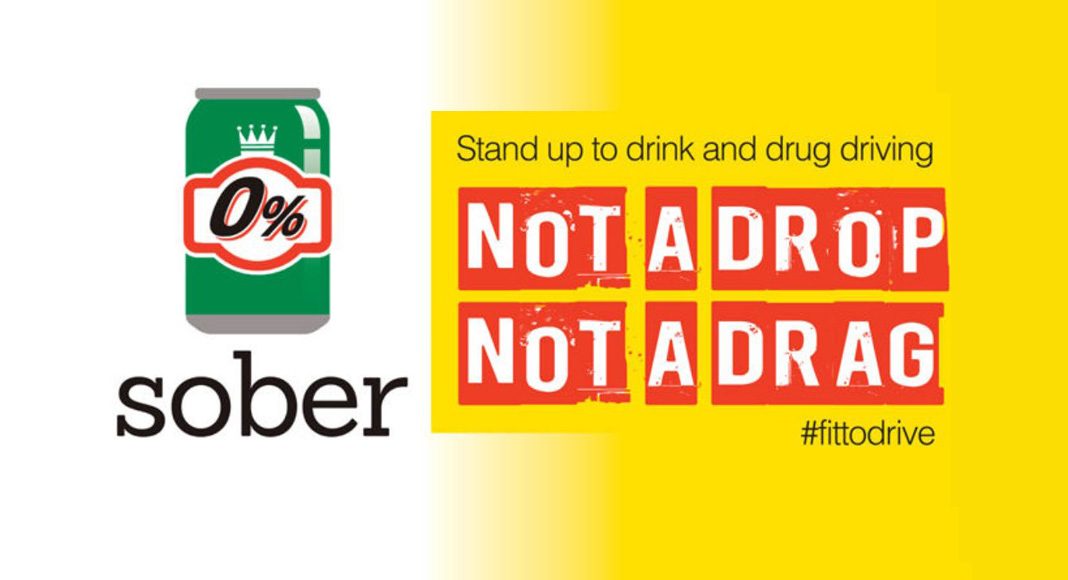- In 2014, 240 people in Great Britain were killed in crashes where at least one driver was over the drink-drive limit, largely unchanged since 2011
- Drink-drive fatalities accounted for 13 per cent of all road deaths in 2015
- Serious injuries where at least one driver was over the limit dropped by 3 per cent cent between 2013 and 2014, the third consecutive annual decrease
- 70 per cent of drink-drive fatalities in 2014 were men
Brake, the road safety charity, is calling on the government to take urgent action after figures released by the Department for Transport (DfT) showed little change in the number of people killed because of drink-driving.
Government figures revealed that the number of deaths involving a driver under the influence of alcohol was 240 in 2014. That figure has been consistently reported since 2010 and looks set to continue if the provisional estimate for the 2015 figures proves to be accurate (200-290 killed).
The DfT claims this consistency in drink-drive fatalities is a sign of stability in their work to reduce drink-driving since 2010, with drivers under the influence accounting for 13 per cent of road deaths in 2014 and 15 per cent in 2013.
Brake argues that the figures and the government approach have stagnated since the removal of road casualty reduction targets in 2010. Brake urges the government to consider the devastation that even a single death caused by drink-driving can bring and implement a zero-tolerance policy to drink-driving.
A road user group that has been over-represented in the government figures is men; 70 per cent of drink-drive deaths in 2014 were males and 77 per cent of those killed and seriously injured. This figure is a cause for serious concern and Brake is calling on the government to do something to increase awareness and compliance among male drivers in particular.
Unlike 2013, the age group shown as being especially at risk of dying in a drink-drive crash in 2014 was not the youngest age group (17-25) but 25-39 year olds. A quarter of drink-drive deaths in 2014 occurred as a result of a 25-39 year old behind with wheel over the legal limit. This demographic shift must be addressed if progress is to be made in road safety.
However, Brake cautiously welcomes the fall in 17-24 year old drivers dying as a result of drink-driving, which dropped from 25 per cent to 21 per cent between 2013 and 2014.
In addition, the number of people seriously injured by a drink-drive collision has fallen for the third consecutive year. This decrease (3 per cent) is a promising sign, as is the reduction in the number of overall drink-drive casualties which has reached its lowest level on record (5,620). Brake cautiously welcomes this news, but urges the government to focus its attention on reducing drink-drive deaths as well as injuries on the roads.
Lucy Amos, research advisor for Brake, the road safety charity, said: “The statistics released today reveal a worrying level of stagnation in the number of people killed because of drink-driving, with the numbers remaining unchanged since the previous year. Drink-drive fatalities in the UK have now remained almost static since 2009 and it’s clear that decisive action is urgently needed to achieve further reductions in deaths and injuries. Through our work with bereaved families, we see the countless lives devastated when someone is killed by a drink driver, and it is for this reason that Brake is calling for a zero-tolerance drink-drive limit, the reintroduction of casualty reduction targets and greater prioritisation and resources for traffic policing to tackle the problem.”
Brake campaigns for an effective zero-tolerance drink drive limit of 20mg alcohol per 100ml blood, through its not a drop, not a drag campaign.



















